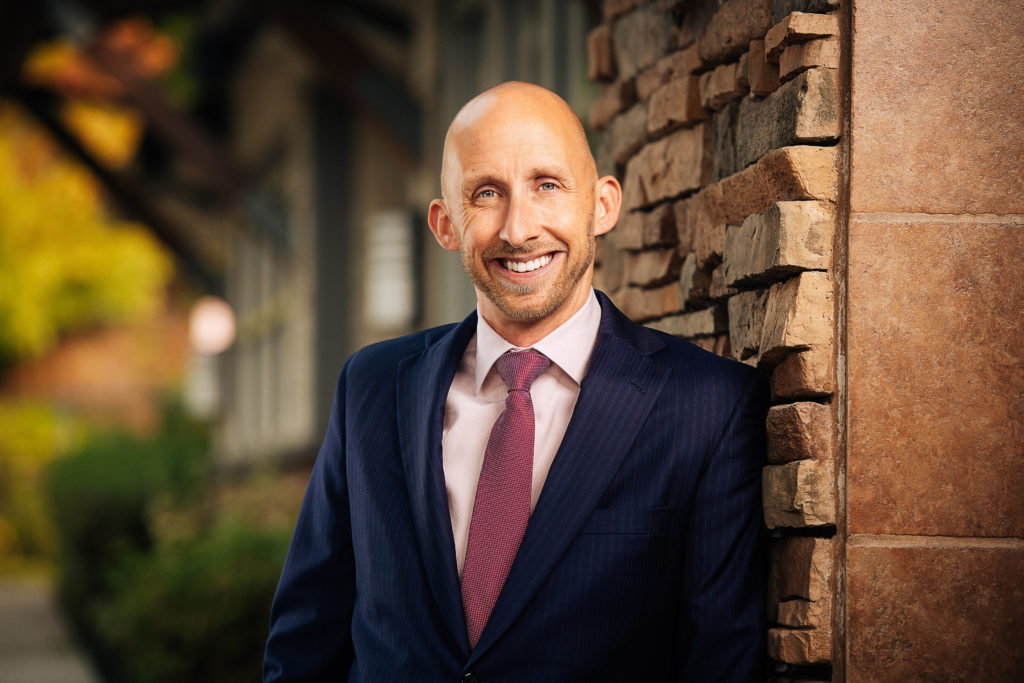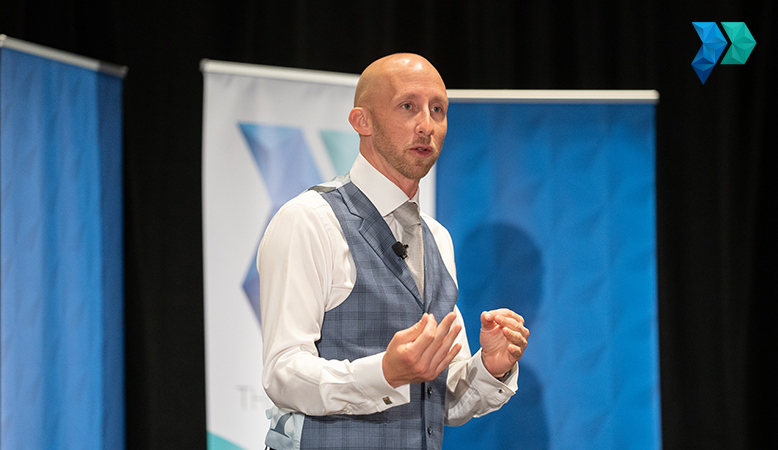Was Your SurgeTM Successful? Here’s How You Can Tell
Matthew Jarvis walks you through evaluating the success or failure of your next Surge cycle.
7 min read

Financial Planner, CFP®
I hate to break it to you, but you can’t arrive at SurgeTM just because you started doing it.
Surge isn’t static; once it’s in place, you can’t dust off your hands and walk away because you think you’re done.
No, Surge is never truly finished.
Surge is a journey, not a destination—just like your pursuit of the perfect RIA. Of course, we all know true perfection isn’t necessarily achievable, but it’s still worth aiming for because of the lessons you’ll learn and the progress you’ll make along the way.
You reach perfection in your practice and life by recognizing that you want to find a better way and work towards it.
As you stumble along your journey through its ups and downs, you’ll figure out what works and what doesn’t.
You implement the things that work and keep pushing to make those things better.
That’s how you reach perfection.
Implementing Surge was just one of those critical things that helped Micah Shilanski, CFP®, and myself move our practices closer to perfection.
Despite decades of experience using Surge in our practices, we’re still making tweaks and refining our processes so that we come closer to the perfect Surge with each cycle.
While the principles behind implementing Surge are pretty universal, what Surge success looks like for you in your practice will probably differ from what works in my practice or even in Micah’s. That’s because we’re all solving different things.
How to measure SurgeTM Success
Micah serves more clients than I do and wants more travel time, so he packs his Surge schedule with seven to eight client meetings each day.
I don’t have the stamina for that many meetings, and I don’t travel as much, so I don’t mind spending more time each year in the office.
If I compared my Surge success to Micah’s, I’d fall short every time simply because we’re solving different problems with our approach to Surge.
Do I call myself a lazy bum and berate my staff because I fell short of Micah Shilanski’s goals?
No, because I can’t compare my meeting schedule against Micah’s, and neither should you.
You can’t judge your success or failure based on another advisor’s goals or the “why” behind those goals.
You need to give yourself and your team credit for your progress in Surge instead of being upset that you’re not rocking through eight back-to-back meetings daily.
What kind of message are you sending your team if you become so fixated on the short failings you think you’re seeing between your office and another advisor that you fail to see your own progress?
You’re telling them that no matter how well they do, they’ll never be good enough.
How will that impact morale in your office? How will that impact your own emotions?
Don’t get so caught up in copying someone else’s practice that you ignore the “why” behind your own office. Instead, find advisors who rock at what they do and aspire to be like them—learn strategies from them that can get you closer to your goals.
Then look for any progress—no matter how small—that shows you’re getting better at Surge.
You’re making progress if you were only doing one or two meetings in a day, and now you’ve time-blocked out Mondays and Fridays.
You’re making progress if you’ve refined how you present value adds.
You’re making progress if you’ve added one extra meeting per week to this Surge cycle compared to your last one.
You’re making progress if you’ve cut down your meetings from two hours to less than sixty minutes.
Even if you haven’t started Surging yet, but you’ve delegated your email, you’re making progress.
If you’re moving forward and delivering massive value to your clients, don’t short-change that.

How to fail at SurgeTM
Maybe you’ve got some great ideas for a value add, a new form, or a process that would be really helpful—that’s great! But for the love of Pete, don’t implement any of those changes during Surge!
Save those grand ideas for your next cycle.
Making changes during Surge is the surest way to send your Surge off the rails and careening into a fiery abyss.
Making a change throws your team off their groove, and they’ll have to scramble to implement the new direction.
Your team will then miss a form, screw up schedules, or drop the ball in various surprising ways, and in the end, you’ll just deprive your clients of the value you promised them.
No great idea is so good that it has to be implemented immediately during Surge.
Just write up your grand new ideas on a whiteboard or giant poster board and save them for your post-surge debrief.
How to refine SurgeTM
As you go into your fall Surge cycle, you need to have a system in place so that you and your team can audit how the process went. You want to take the time to talk about what went well for you—even the little things. But don’t forget to discuss what could have been better.
Talk to your team about those things that didn’t go off as well as you’d hoped, and look at how you can improve the things that went well:
- Is there any way you can refine your conferences?
- Can you add one more meeting each week or each day?
- What if you streamlined your paperwork process or streamlined your value adds?
- What can you do to improve the client experience?
- Do you need to implement forcing mechanisms to end each Surge day on time or to help you wrap up your urge cycle?
Create a plan to improve your next Surge cycle, and give your new Surge goals a place to live.
Write any changes that come to mind and create a plan to implement them.
Remember, plans without action are useless.
Popular Topics
Still Holding Out on Surge™? 2023 Could Be Your Year
Micah Shilanski, CFP®, busts myths and misconceptions surrounding Surge meetings and shows how
Value Adds
If you are routinely providing clients with value adds in a consistent, efficient, and deliverable
Is That OK With You?
One of the most significant differences between ‘good’ advisors and rock-star level advisors is
Like Coke from a Coffee Mug: Run Your Best Client Meeting
Client meetings can be a dreaded part of a routine or you and your clients’ favorite part of your
5 Questions Every Advisor Should Ask
Matthew Jarvis, CFP®, answers five essential questions every advisor should ask to transform
What You Should
READ NEXT
Surge Head Trash
On the fence about Surge? Here are the biggest excuses we hear advisors use for why Surge can’t work in their practice and why they should reconsider.
Secrets To Surging – What Other FA’s Don’t Tell You About Surging
Surge meetings happen with the Financial Advisors systematically holding client meetings in strategically designed blocks of
Navigating the Moral Landscape of Finance
Micah Shilanski, CFP® discovers how he balances client preferences with ethical standards in the ever-evolving world of
Start the change today!
Get our 3 most popular power sessions FREE. You and your team will learn about: Time Blocking, the One Page Financial Plan, and the “Buckets of Money” approach.



